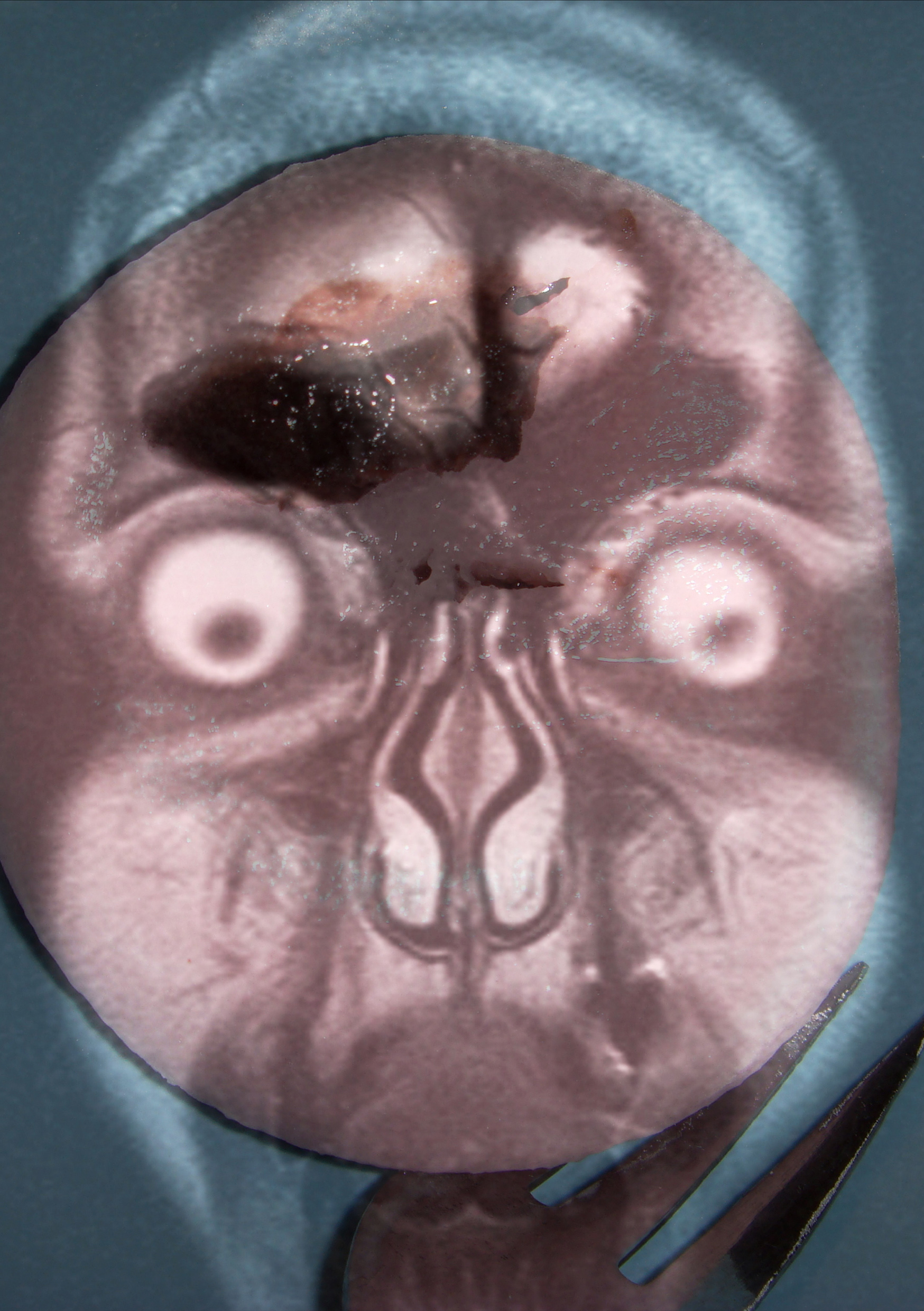LYCANTHROPUS ERYTHEMATOSUS I
Artistic Research on the Edge. Poetical Investigations on the Margins of Medicine and Mythology
Introduction
With this project at the intersection of medicine, anthropology, poetry and mythology I want to understand a strange phenomenon, referred to as "autoimmunity". Aim of the project is to contribute to the solution of a "cruel mystery": This ascription was coined by the Lupus Foundation of America to characterize the autoimmune disease called lupus. On their Website they explain:
Lupus is a cruel mystery we must all solve together.
Lupus is an unpredictable and misunderstood autoimmune disease that ravages different parts of the body. It is difficult to diagnose, hard to live with, and a challenge to treat. Lupus is a cruel mystery because it's hidden from view and undefined, has a range of symptoms, and strikes without warning, and has no known cause or cure. (www.lupus.org)
What is lupus?
SLE is an autoimmune – chronic, inflammatory and therefore rheumatic – disease; it is rare by definition, with 15 to 50 cases per 100,000 people. SLE comprises a broad spectrum of symptoms / manifestations that can vary profoundly between the individuals concerned. Most common are experiences of fatigue, flu-like symptoms, joint pains, skin inflammations and a hypersensitivity to sunlight. Furthermore, all inner organs (especially the kidneys) and the nervous system can be affected. Cause and pathogenesis of lupus are still unknown. This is the reason why there is no cure, no prospect of healing until now.
My project aims at generating new knowledge in regard to these open questions. It comes up with a new thesis concerning the understanding of autoimmunity and especially of SLE. The thesis is developed in different ways following different approaches of artistic research. The thesis in a nutshell understands autoimmunity as the expression of transformative processes. These processes aim at a metamorphosis of those affected by the disease. This ongoing metamorphosis, causing various physical and mental effects in the afflicted organisms, is driven by a plan; it is about the emerging of a new entity: the "Lycanthropus erythematosus".
Lycanthropus erythematosus
The term is derived from the name of the disease in focus, lupus erythematosus, that is composed of the Latin word "lupus" for wolf, and the Greek word "erythrós" for red, redness. The other source is "lycanthropy" (consisting of the greek words "lýkos" for "wolf" und "ánthrōpos" für "human"), a phenomenon also known as werewolfism, the magical ability to shape-shift and assume the form and characteristics of a wolf. The term “clinical lycanthropy” refers to the delusion that one is in the process of transforming into a wolf or has already assumed the characteristics of a wolf. Finally, lycanthropy as "Werewolf Syndrome" points to a rare medical condition characterized by excessive facial and bodily hair. The name of this disease is hypertrichosis; in the 19th and early 20th century there were a view known persons with hypertrichosis who performed in circus sideshows. One of them, "Haarmensch" (i. e. "person covered in hair") Julia Pastrana, was quite famous and her picture can still be seen in the "Prater Museum" in Vienna. Those performers were promoted as having distinct human and animal traits at the same time.
Multinaturalism
The hybrid character of these "Haarmenschen" or "wolf men" leads directly to the framework of the project: Amerindian multinaturalism, assuming that all cosmic entities are in the same way spirited and human. According to a multinaturalistic point of view the differences between all beings (plants, humans, animals, ghosts, ….) and their perspectives are the results only of different basic physical configurations.
"This idea originates in indigenous cosmogonies, where the primordial form of the being is human: 'in the beginning there was nothing,' say some Amazonian myths, 'there were only people.'" (Viveiros de Castro, 1998, p. 470)1 Therefore "human culture is what binds all beings together – animals and plants included – whereas they are divided by their different natures, that is, their bodies" (Viveiros de Castro, 1992)2.
But also the bodily dimension is not considered to be fixed or constant; an important mulitnaturalistic notion is the changeability of the physical, the tranformative qualities of bodies ("the individuals of each species are able to 'leap' from one species to another with relative ease"3).
So multinaturalism provides an appropriate background for this hybrid, human-animal, shapeshifting being called Lycanthropus erythematosus: a being that by its mere existence questions the common difference between humans and animals as well as the special role humans attribute to themselves as being "more" than, as being "on top" of all other beings.
